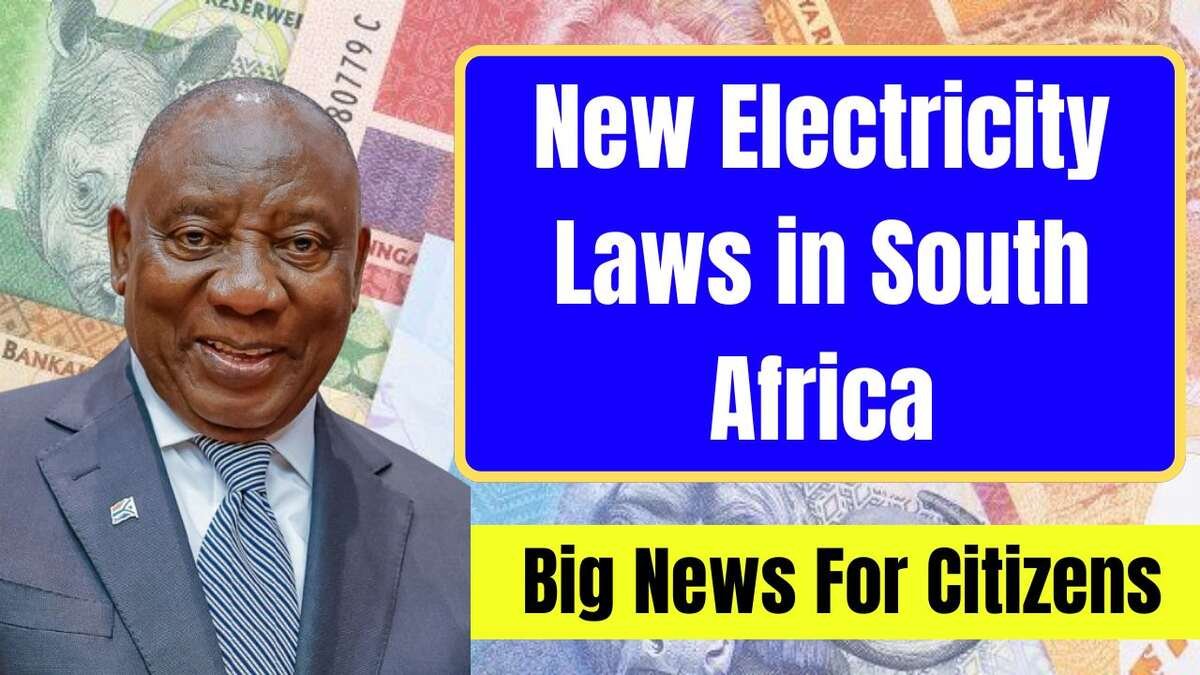While its enduring energy crisis is juggling South Africa, the government reforms electricity in this country at a really high speed. The power industry is eagerly waiting for its setting of new electricity laws to take effect in January 2025. These revolutions would seek to redress the electricity supply shortfalls of the state, streamline the energy market, and make it more sustainable for the future. Here is a rundown for South Africans about what to expect.from the new laws.
1. Unbundling of Eskom
Unbundling Eskom-the power monopoly that comes directly out of the new electricity laws-was one of the most critical elements of these laws. It has always been a monopoly in South Africa, continuing to do generation, transmission, and distribution of electricity for the country. This has brought about all sorts of inefficiency, corruption, and insolvency bringing the country to its knees with power shortages.
Eskom will now be divided into three separate entities under the new laws: generation, transmission, and distribution. The expected outcome of this unbundling would be increased competition and transparency leading to a financially healthier electricity sector. This is also hoped for delivery of electricity to customers on a more reliable and cheaper basis.
2. Independent Power Producers (IPPs) and Increased Crest Percentage Private Sector Participation
The African country is wholly dependent on Eskom for government access to power generation. This dependence time has stretched thin because of emerging demand for energy in the country. Hence, the new laws will manage the expansion of several opportunities for IPPs from now on, as well as open up wider avenues for private involvement.
With the 2025 change, IPPs are going to play a larger role in both generation and distribution of electricity. The government achieved huge steps during the renewable energy procurement processes targeting solar and wind projects. The government is trying to open up the market to IPPs to increase capacity, remove dependence on Eskom, and in the long-run, lower the total cost of electricity.
3. Emphasis on Renewable and Sustainability Energy
The new laws also emphasize renewable and sustainable energy. South Africa will cables to sever its coal dependency, and the 2025 electricity laws may hasten the end of this. Energy generation efforts from government incentives will be those that use renewables such as solar, wind, and hydroelectric power in the generation mix of the potential electricity generation source.
Some of the electricity generation capacity is expected to come from renewable sources, thereby contributing to the heating climate in the country and also emitting less carbon. This is tied to the global drive for clean energy integration, and South Africa strives to integrate these technologies into their infrastructure.
Also Read: The Future Of South Africa’s SRD Grant In 2025: Key Insights
Also Read: SASSA R530 Grant: Your Complete Payment Date Guide
